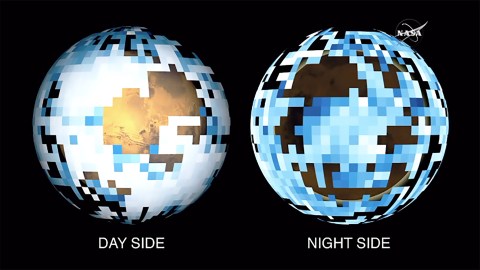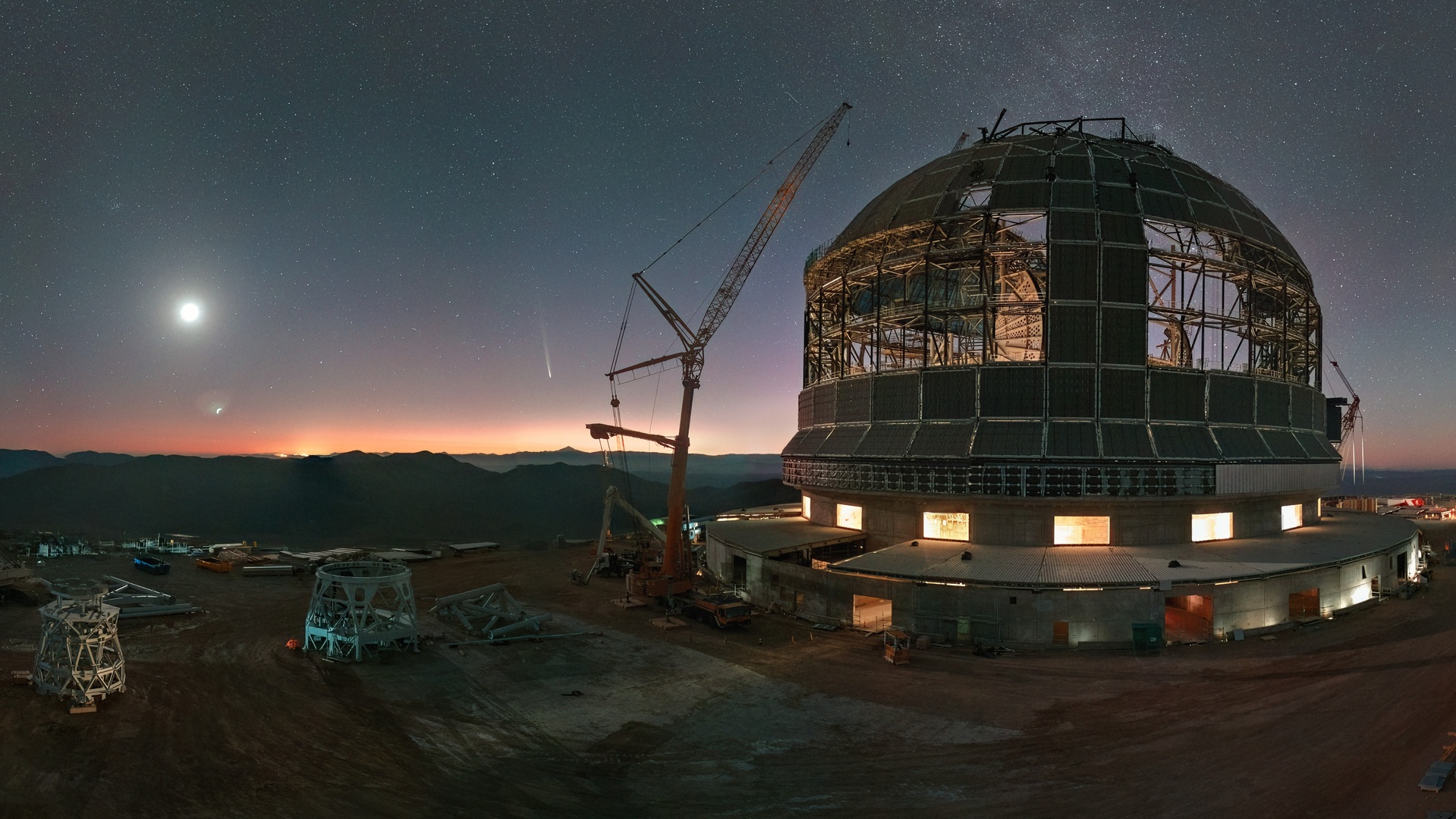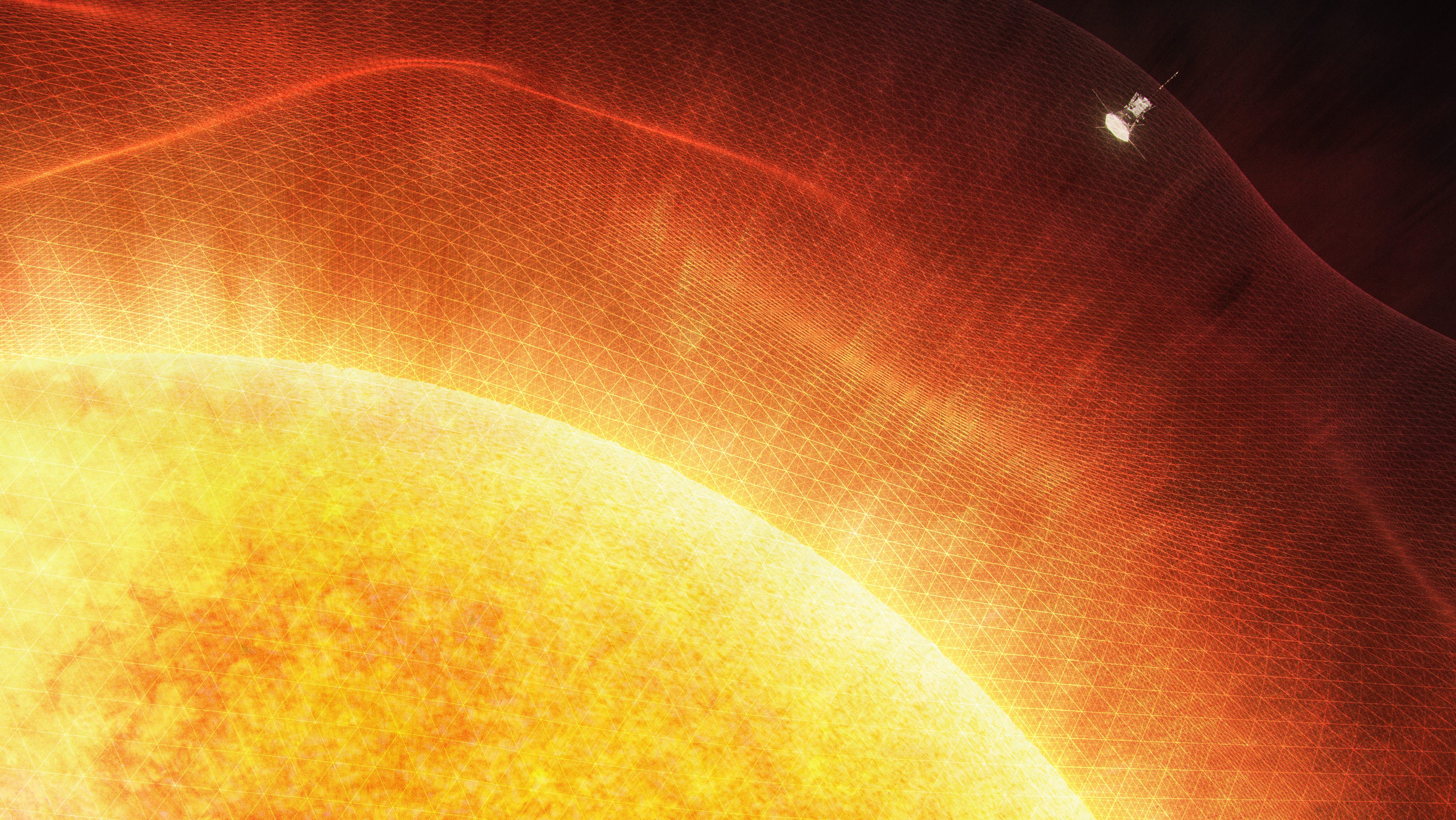NASA Reveals How Mars Went from Habitable Planet to Barren Wasteland

NASA’s mission to send humans to Mars by the 2030s is looking especially ambitious given its findings about the Martian atmosphere — or rather the lack thereof. For over a year, the MAVEN spacecraft has been measuring Mars’ atmosphere and now NASA is ready to share the results.
Solar wind traveling at 1 million miles per hour is carrying away the Martian atmosphere at a rate of 100 grams per second. That’s one-quarter pound of oxygen and carbon dioxide that is leaving Mars’ atmosphere every hour, never to return. At that rate, it would take a couple billion years for the atmosphere to dissipate completely, so NASA scientists believe most of Mars’ atmosphere was stripped away at a much earlier stage in the solar system’s life cycle — when the Sun was much more active.
Could the Sun strip the Earth of its atmosphere? Besides the slow rate at which Mars is losing what remains of its atmosphere, Earth has another advantage. Its magnetic field mostly protects us from severe atmospheric degradation.
Can understanding Mars help us to eventually create a new Martian atmosphere, allowing humans to live there more easily? Yes and no, say NASA scientists. The easiest theoretical way to terraform Mars would be to unlock stores of CO2 trapped beneath the planet’s surface. Unfortunately, that CO2 just isn’t there: It’s been blown off into space by the Sun. Understanding Mars’ atmosphere, however, is essential to carrying human life to the planet and helping a NASA crew survive — without the atmosphere that crucially protects life on Earth.
In the long term, we’ve got to find a way to establish a colony on Mars, says Stephen Petranek. The survival of the species depends on it.
—
Image courtesy of NASA





